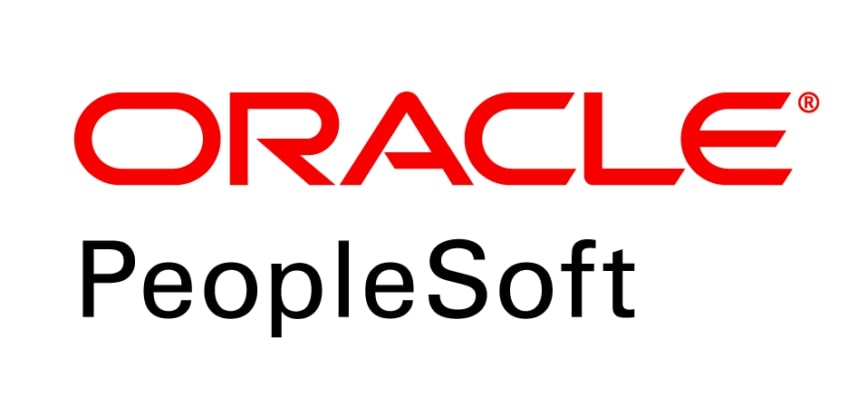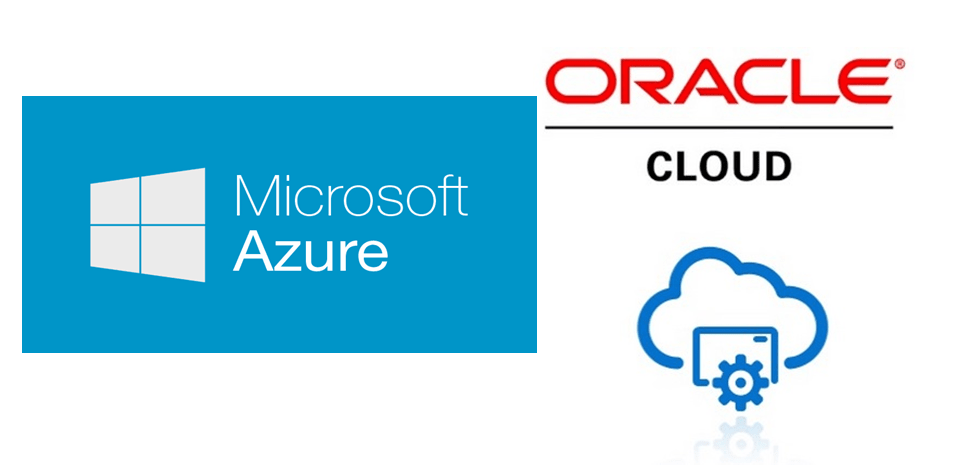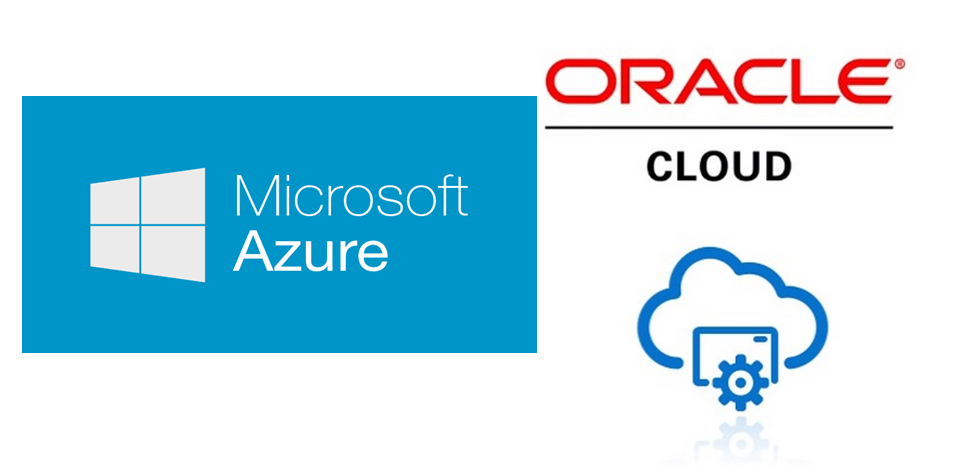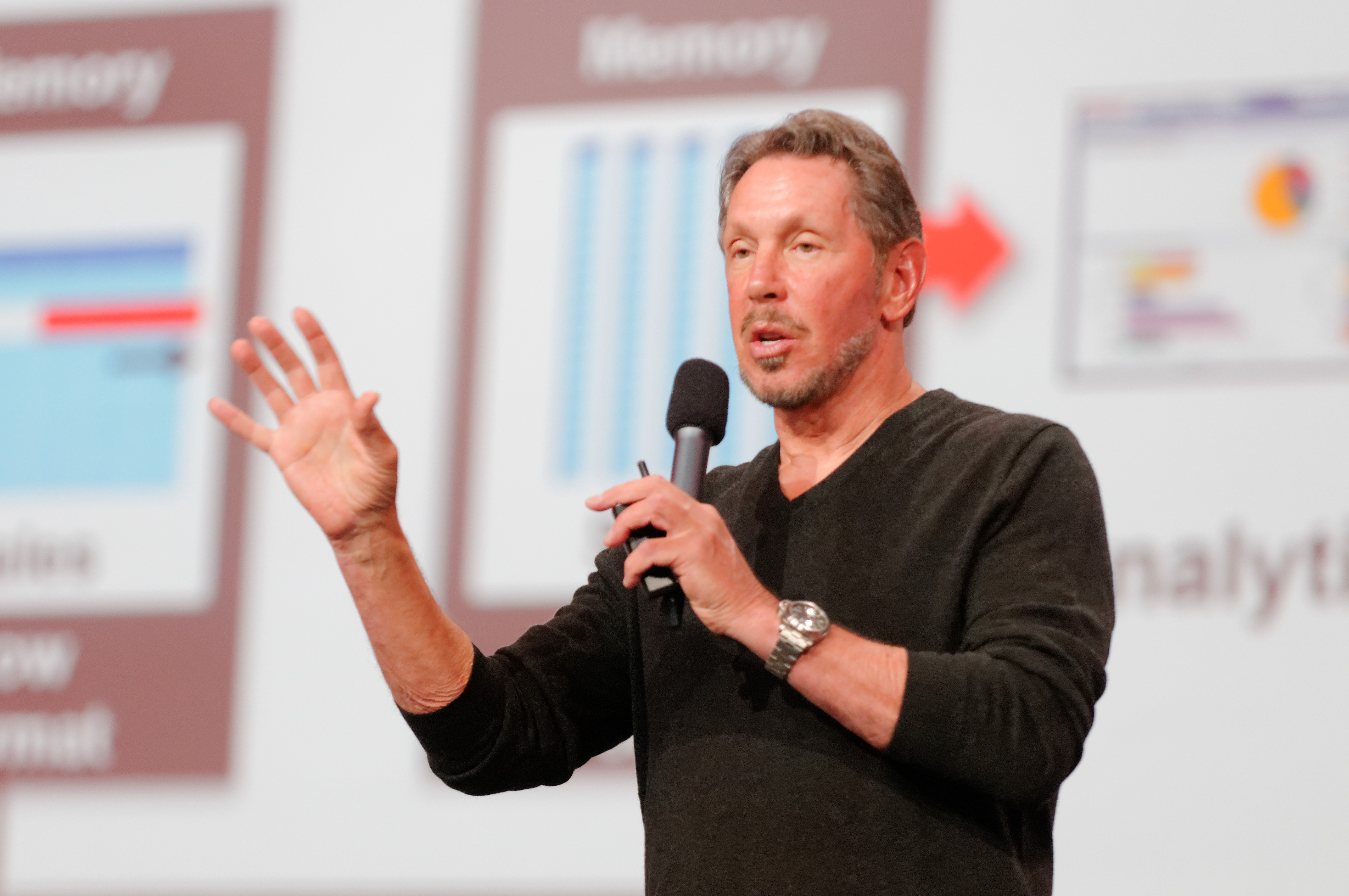Microsoft’s Nadella and Oracle’s Ellison Discuss the Future of Cloud and AI
The most recent iteration of the cloud alliance between Microsoft and Oracle places a strong emphasis on efficiently integrating data and artificial intelligence. This is due to the fact that an artificial intelligence model’s effectiveness is directly correlated with the quantity, variety, and caliber of the training data.
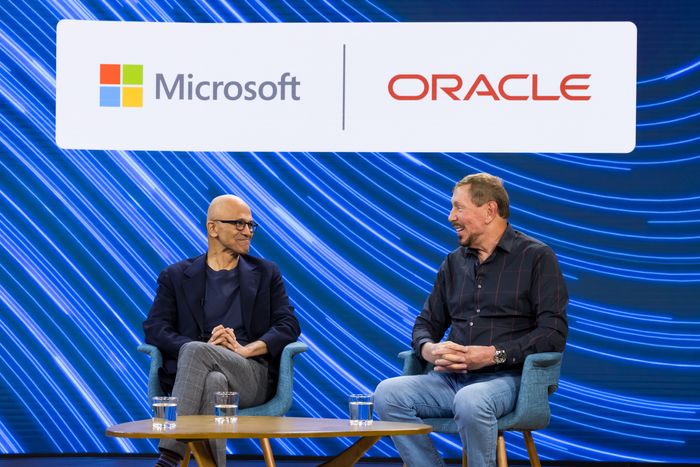
The firms have been working together in this sector for four years. Oracle, the world’s largest database company, will now physically place its Exadata technology in Microsoft’s data centers, accelerating customer-facing applications.
Customers will therefore have direct accessibility to Oracle database services that are installed in Microsoft Azure data centres and operate on Oracle Cloud Infrastructure.
Instead of running an independent Oracle dashboard, users would be able to manage certain Oracle services from Microsoft’s Azure Cloud dashboard. The goal is to increase application performance while reducing expenses.
From Microsoft’s headquarters in Redmond, Washington, Satya Nadella, the company’s chief executive officer, and Oracle Co-Founder and CTO Larry Ellison spoke with The Wall Street Journal about their collaboration. As stated by Oracle, it was Ellison’s first trip to Redmond.
The Oracle-Azure relationship is positioned to fundamentally alter how companies use AI, with an emphasis on bringing data closer to artificial intelligence (AI) capabilities and opening up previously unimaginable possibilities.
Nadella emphasized the paramount importance of data accessibility in the age of AI. He stated, “In the age of AI, for us, we do need to bring data to where AI is. And that’s what Oracle-Azure really represents.”
Ellison pointed out, “We can now design new drugs in a tiny fraction of the time. We used to be able to do it in a wet lab. We can do it on computers now with AI models, and we’ve seen some very exciting progress already.”
wsj.com
Despite the excitement around artificial intelligence, both leaders recognized that its implementation required caution. Ellison was aware of the worries about technological misuse, a typical worry with every ground-breaking breakthrough. The Oracle-Azure alliance, however, marks a big step towards using AI for the benefit of society and several businesses. This cooperation is positioned to usher in a period of exceptional technical developments that promise to enhance our lives and spur economic growth, with an emphasis on data accessibility, generative artificial intelligence, and ethical deployment.

I am a student pursuing my bachelor’s in information technology. I have a interest in writing so, I am working a freelance content writer because I enjoy writing. I also write poetries. I believe in the quote by anne frank “paper has more patience than person
